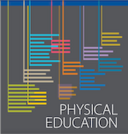
This flag football playbook is designed to help students learn the basic rules of flag football.
- Subject:
- Physical Education
- Material Type:
- Reading
- Author:
- Katie Neal
- Date Added:
- 01/04/2024

This flag football playbook is designed to help students learn the basic rules of flag football.
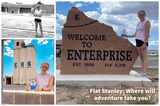
This lesson was created to help elementary-aged students better understand the world around them through the use of Flat Stanley.

Balls of varying weights are used to discover the results of force applied to an object.

The teacher puts pieces of potatoes in water and salt water. The students predict what is going to happen and try to name what makes this happen.

In this lesson plan, educators will teach their students to shoot different objects at different targets in several groups.
This lesson provides students with an opportunity to design and draw to scale a floor plan for a home including but not limited to; a living room, a kitchen, a bathroom, and a bedroom.

In this lesson, students with fluency disorders will listen to 3 podcasts chosen from a curated list about fluency disorders and write a reflection based on guiding reflection questions. Photo by Omar Lopez on Unsplash

This lesson uses entreprenurial skills to create an in demand food business based on student data.This lesson can be used as a part of many different units or projects to help sutdents conduct market research to guide their decision making.This lesson takes aproximately 1/2 class period (40 minutes).

Students graph their estimations of caloric intake and caloric expenditures
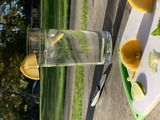
This lesson plan focuses on the careers of Food Photography and Food Styling. It was written for the College and Career Awareness Course which explores a variety of careers in 8th grade. The lesson plan includes a video on Food Styling, a video on Food Photography Tips and Tricks, followed with the "Glass of Water Challenge" which combines both Food Styling and Food Photography.Strands and Standards for College & Career Awareness1.1 Students will assess their interests and aptitudes as they explore career options in the career clusters and pathways.1.3 Explore the current Utah career cluster and pathways associated with each cluster and analyze the overlapping content: Arts/Audio/Visual Technology & Communication, Hopsitality & Tourism

Prior to starting the project students will take a home safety survey. Students will complete a powerpoint presentation on a foodborne illness and present it to the class. As an additional activity we will do an experiment on food safety

This lesson helps the students to understand how foods affect their body. We will be focusing on the benefits of healthy food and why it is important to eat such foods. Each student will be given the opportunity to bring in a healthy food to share with the class and talk about how that food affects certain parts of the body.
Basic review of food borne illness; sources, symptoms, and prevention. Internal temperatures are introduced and proper storage placement when refrigerating.

In this lesson plan, educators will learn to teach students how to throw a football and two team games.

The is a google sites learning hub all about force and motion. There are different activities that cover what force is, pushing and pulling, and simple machines. There is also a fun activity to learn about some famous scientist (some of whom contributed to the knowledge we have of force). Activities included use google earth, google forms, google slides, and other google tools.
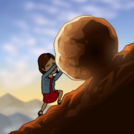
Lesson for kindergarten SEEd strand 3.1Standard K.3.1Plan and conduct an investigation to compare the effects of different strengths or different directions of forces on the motion of an object. Emphasize forces as a push and pull on an object. Image source:Created by Laura Anderl through https://www.bitmoji.com

In this lesson plan, educators will learn to teach students how to swing forehand and backhand. Educators will also review how they introduce, describe, and close the lesson.
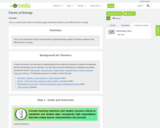
This is a science lesson plan for introducing upper elementary students to the different forms of energy.

Students will use their knowledge about fossils to arrange fossil pictures in sequence from oldest to youngest.
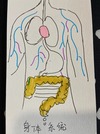
This is a lesson that helps students learn how to name each organ from four different body systems and introduce their functionality or features by giving a presentation.